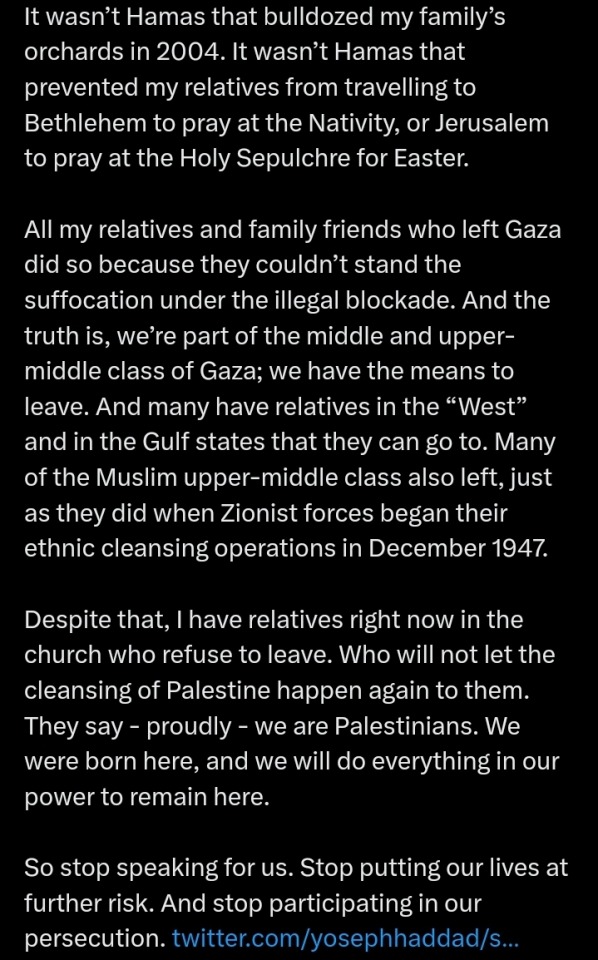Text
side eyeing everyone who has an nhl twitter/blog but isn’t hyping up the pwhl right now. like get on that immediately please
41K notes
·
View notes
Text
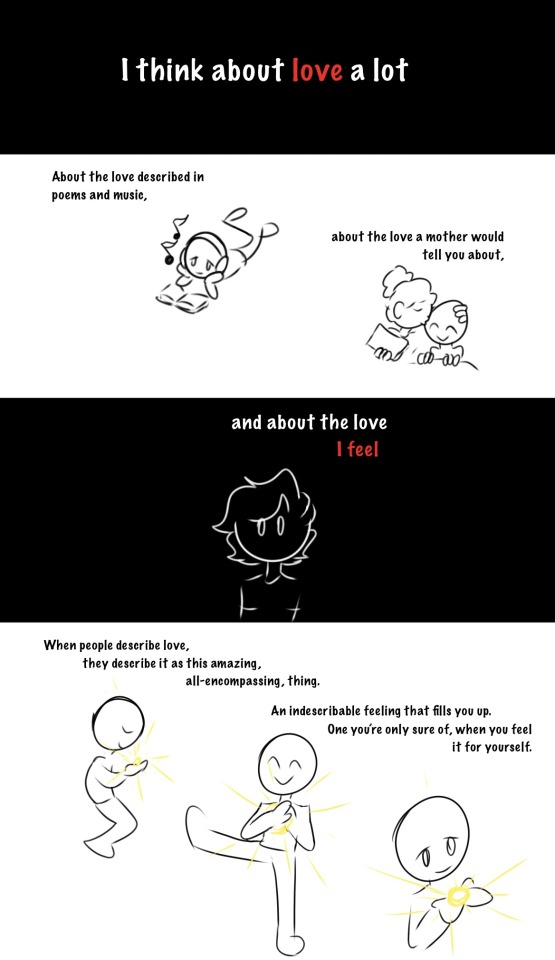
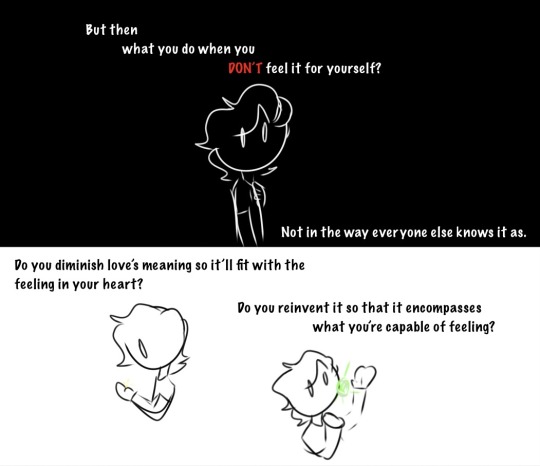
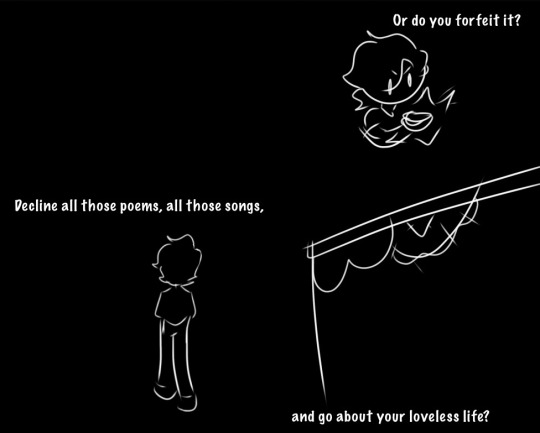

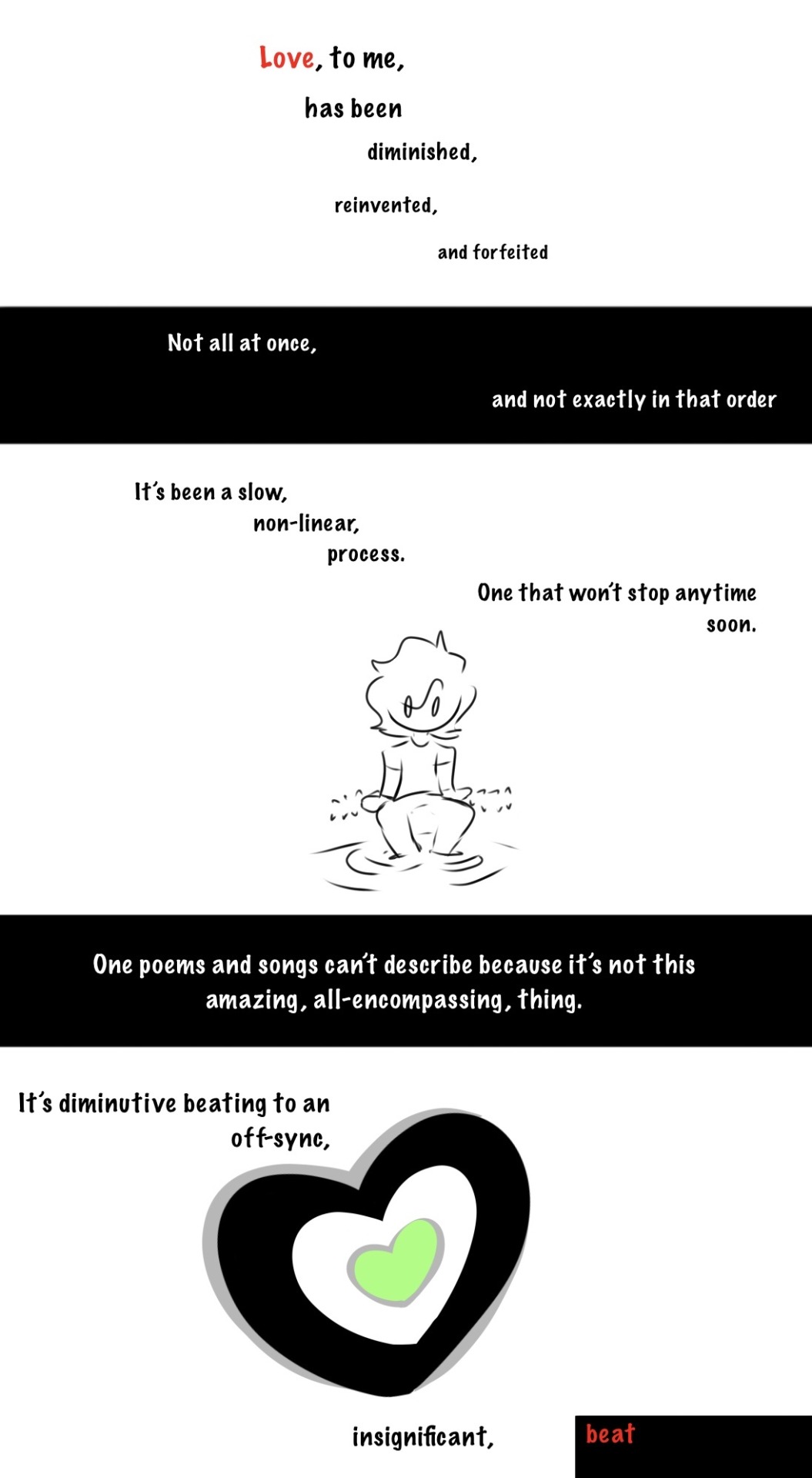

When your love is insignificant.
A comic about my relationship with love as an aromantic and low-empathy person.
Just for context: I was having an aro anguish moment in the middle of the night, woke up and couldn’t sleep again, wrote out this poem-thingy so it’d leave my head, fell asleep again, then proceeded to work on this comic all day this evening, cuz I wanted to do an aro comic for the longest so might as well turn my night-anguish-induced-poem into one.
957 notes
·
View notes
Text
Penumbra Snapshot #2
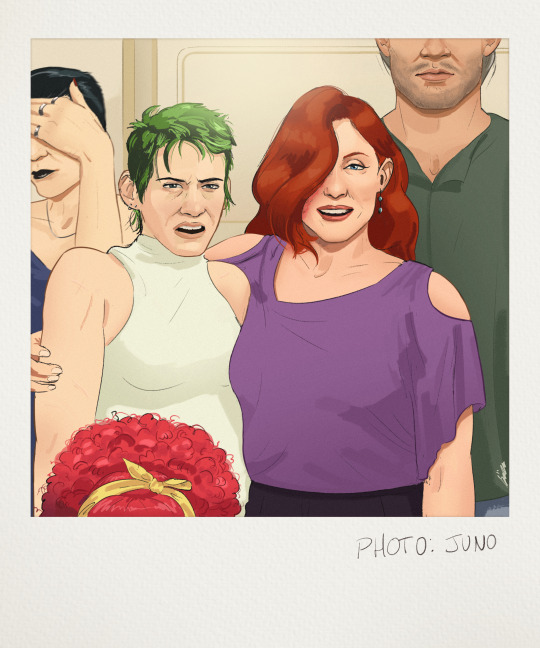
Juno is no longer allowed to take the family portraits.
Photo taken by: Juno.
Submitted by: anon.
Penumbra Snapshots is a collaborative fan art series depicting the everyday life of the Aurinko crime family through the lens of a communal camera. That means I want to hear your ideas! What moments do you think should be captured? Tell me your ideas and requests for photographs! Message me or leave them in the tags!
353 notes
·
View notes
Photo







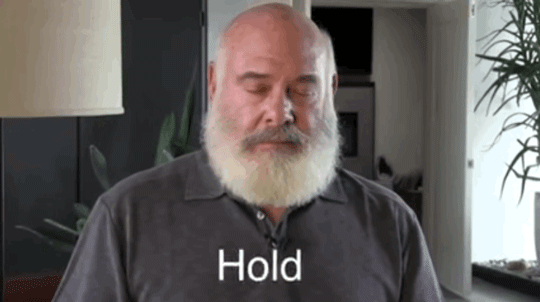


Do this four times repeatedly and you’ll be out. But how does it work? There’s some real brain science behind it.
764K notes
·
View notes
Text
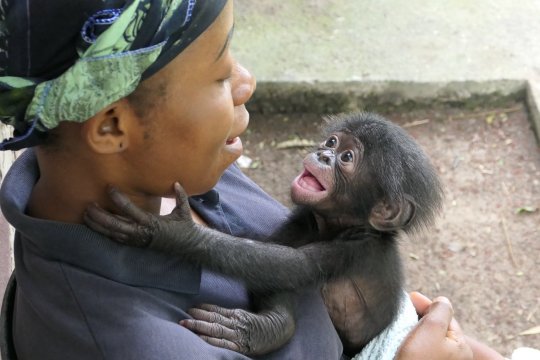
Ikoto, a rescued baby bonobo with his caretaker at Lola Ya Bonobo sanctuary in the DRC.
3K notes
·
View notes
Text


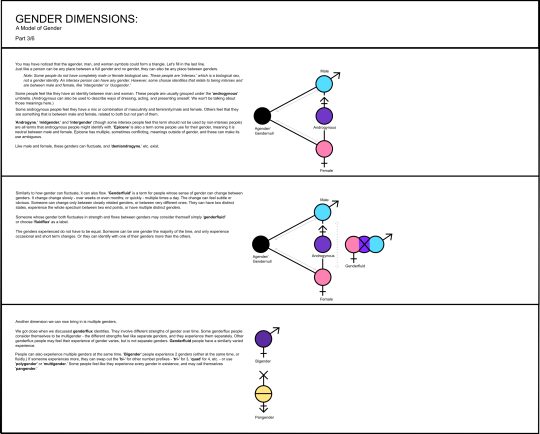
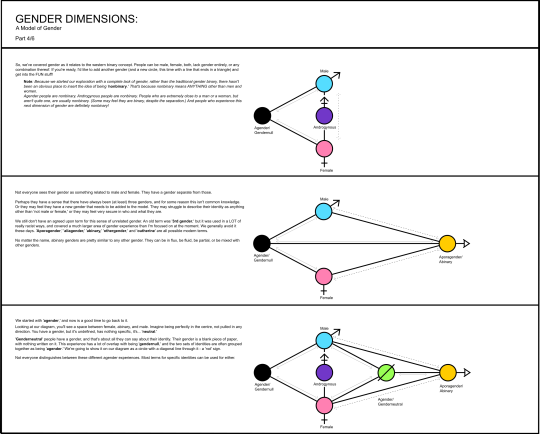


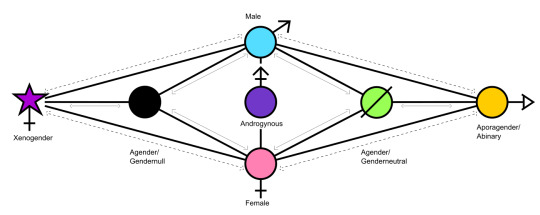
Made this in 2021, while trying to figure out this gender thing everyone was talking about. Organizing things is very helpful to me.
GENDER DIMENSIONS:
A Model of Gender
Part 1/6
Let's talk about gender.
You might have heard the phrase 'gender is a construct.' Today, we're going to take that literally. We're going to construct gender from the ground up.
Starting with nothing. This black circle has nothing in it. Some people have no gender. This is one of the meanings of 'agender.' (We'll get into the other meaning of agender later.) Another term is 'gendernull.' When asked to describe their gender, these people might
say 'it isn't there,' that 'there's an empty space where gender is supposed to be,' or that 'they don't have much of that.'
Now let's add something! We'll add a white circle, and connect it to the black circle with a line. This dimension adds a sense of gender. It is not a specific type, but it is there! One way to describe having a gender is to say that you're 'allogender.' Usually, it's assumed that
you have a gender, so this term isn't super common.
In the model of gender we're using, there are no binaries. (Okay, there is, but it's only there for a bit.) Gender doesn't have to be just there or not. People can have partial senses of gender. These are represented by the line in between our two circles.
The most common term for a partial sense of gender is 'demigender.' Any gender that isn't complete, but is there, can be considered a demigender.
Gender also doesn't need to be static in this model. It can fluctuate.
The term for a sense of gender that gets weaker and stronger is 'genderflux.' Some people go from no sense of gender, to full gender. Others fluctuate through a smaller part of the spectrum - agender to demigender, demigender to allogender, etc.
Part 2/6
Now lets add some of the genders that people can experience! For many people, their sense of gender is more specific then 'it exists/it doesn't exist'. The way of dividing up the 'it exists' area most familiar to Eurocentric cultures is into 'man' and 'woman.' This is
called the 'gender binary'. (Told you we'd have a binary for a bit!) So we'll start by separating the gender circle into two circles - one with an arrow for 'man', and one with a cross for 'woman.'
You'll notice that we're adding here, not replacing. Man and woman are types of allogenders. All the previous things we discussed about sense of gender apply to them. Someone can be partially a man, mostly agender but slightly a woman, etc.
Western culture combines a lot of elements into the concepts 'male' and 'female.' These elements can be divided into some major categories, and are usually referred to as 'masculinity' and 'femininity'. Here are some things stereotypically associated with gender:
Biological Sex - what chromosomes you have. Also frequently applied to what your genitals look like, whether you have breasts, and things like facial hair.
Sexual Orientation - if you like boys, you must be a girl! If you're not attracted to breasts, you're not a real man! Drooling over a hunky actor is the sign that you're a woman instead of a girl! Men are expected to be attracted to women, and women to men.
Gender presentation - how deep is your voice? How long is your hair? How do move your hands while talking? How much space do you take up on the bus? How you look and take up space are expected to be tied to concepts of gender.
Gender dynamics - Women should support and nurture men. Men are expected to take the lead in mixed-gender conversations. Women are expected to share emotions with each other, while men should only talk about them with their wife. Expectations about how we act around our own and other genders are baked into concepts of gender.
Gender roles - Men should be in positions of authority. Women should do the household work. Men should be strong and successful. Women should be sexy. Gender comes with assumed responsibilities and limitations.
Gender identity - how you see and define yourself. For some people, this is mainly defined by the other elements. For others, it's an innate, separate sense.
This model is mostly about 'gender identity.' ('Orientation' comes up briefly in the discussion of 'xenogenders.') But all of the other elements can, and usually do, affect our sense of identity.
For some people, western concepts of gender have been imposed on their culture, and their relationship with western white culture affects their identity. If gender roles, dynamics, and presentation are different enough between cultures, they may become alienated
from the western framework. Or they may have concepts of identity that don't exist in western cultures, and divide their models in very different ways than white people do.
For other people, one or more of the other gender elements are so uncomfortable that they struggle to, or can't, accept the identity that is usually combined with it. Maybe the gender roles they're expected to fit into feel painful. Maybe they can not understand gender
dynamics and are frequently reprimanded. Maybe the rules of gender presentation are so stifling that they start to hate the identity itself.
Some people are able to reject these elements and keep their attachment to their gender. Other people find it easier to find a new gender identity, than to untangle the relationships between elements. They may talk about being 'male' but not 'masculine.' Or they
may embrace 'femininity' but not consider themselves 'female.'
Part 3/6
You may have noticed that the agender, man, and woman symbols could form a triangle. Let's fill in the last line. Just like a person can be any place between a full gender and no gender, they can also be any place between genders.
Note: Some people do not have completely male or female biological sex. These people are 'intersex,' which is a biological sex, not a gender identity. An intersex person can have any gender. However, some choose identities that relate to being intersex and are between male and female, like 'intergender' or 'duogender.'
Some people feel like they have an identity between man and woman. These people are usually grouped under the 'androgynous' umbrella. (Androgynous can also be used to describe ways of dressing, acting, and presenting oneself. We won't be talking about those meanings here.)
Some androgynous people feel they have a mix or combination of masculinity and femininity/male and female. Others feel that they are something that is between male and female, related to both but not part of them.
Androgyne,' 'midgender,' and 'intergender' (though some intersex people feel this term should not be used by non-intersex people) are all terms that androgynous people might identify with. 'Epicene' is also a term some people use for their gender, meaning it is neutral between male and female. Epicene has multiple, sometimes conflicting, meanings outside of gender, and these can make its use ambiguous.
Like male and female, these genders can fluctuate, and 'demiandrogyne,' etc. exist.
Similarly to how gender can fluctuate, it can also flow. 'Genderfluid' is a term for people whose sense of gender can change between genders. It change change slowly - over weeks or even months; or quickly - multiple times a day. The change can feel subtle or obvious. Someone can change only between closely related genders, or between very different ones. They can have two distinct states, experience the whole spectrum between two end points, or have multiple distinct genders.
Someone whose gender both fluctuates in strength and flows between genders may consider themself simply 'genderfluid' or choose 'fluidflux' as a label.
The genders experienced do not have to be equal. Someone can be one gender the majority of the time, and only experience occasional and short term changes. Or they can identify with one of their genders more than the others.
Another dimension we can now bring in is multiple genders.
We got close when we discussed genderflux identities. They involve different strengths of gender over time. Some genderflux people consider themselves to be multigender - the different strengths feel like separate genders, and they experience them separately. Other
genderflux people may feel their experience of gender varies, but is not separate genders. Genderfluid people have a similarly varied experience.
People can also experience multiple genders at the same time. 'Bigender' people experience 2 genders (either at the same time, or fluidly.) If someone experiences more, they can swap out the 'bi-' for other number prefixes - 'tri-' for 3, 'quad' for 4, etc. - or use 'polygender' or 'multigender.' Some people feel like they experience every gender in existence, and may call themselves
'pangender.'
Part 4/6
So, we've covered gender as it relates to the western binary concept. People can be male, female, both, lack gender entirely, or any combination thereof. If you're ready, I'd like to add another gender (and a new circle, this time with a line that ends in a triangle) and
get into the FUN stuff!
Note: Because we started our exploration with a complete lack of gender, rather than the traditional gender binary, there hasn't been an obvious place to insert the idea of being 'nonbinary.' That's because nonbinary means ANYTHING other than men and women.
Agender people are nonbinary. Androgynous people are nonbinary. People who are extremely close to a man or a woman, but aren't quite one, are usually nonbinary. (Some may feel they are binary, despite the separation.) And people who experience this next dimension of gender are definitely nonbinary!
Not everyone sees their gender as something related to male and female. They have a gender separate from those.
Perhaps they have a sense that there have always been (at least) three genders, and for some reason this isn't common knowledge. Or they may feel they have a new gender that needs to be added to the model. They may struggle to describe their identity as anything other than 'not male or female,' or they may feel very secure in who and what they are.
We still don't have an agreed upon term for this sense of unrelated gender. An old term was '3rd gender,' but it was used in a LOT of really racist ways, and covered a much larger area of gender experience than I'm focused on at the moment. We generally avoid it these days. 'Aporagender,' 'aliagender,' 'abinary,' 'othergender,' and 'outherine' are all possible modern terms.
No matter the name, abinary genders are pretty similar to any other gender. They can be in flux, be fluid, be partial, or be mixed with other genders.
We started with 'agender,' and now is a good time to go back to it.
Looking at our diagram, you'll see a space between female, abinary, and male. Imagine being perfectly in the centre, not pulled in any direction. You have a gender, but it's undefined, has nothing specific, it's... 'neutral.'
Genderneutral' people have a gender, and that's about all they can say about their identity. Their gender is a blank piece of paper, with nothing written on it. This experience has a lot of overlap with being 'gendernull,' and the two sets of identities are often grouped together as being 'agender.' We're going to show it on our diagram as a circle with a diagonal line through it - a 'not' sign.
Not everyone distinguishes between these different agender experiences. Most terms for specific identities can be used for either.
Part 5/6
We have one final dimension in this model, and it's a big one!
Not everyone who experiences gender can describe it using gender concepts. Some gender isn't related to femininity or masculinity. It isn't a lack, a neutral feeling, or even a separate and distinct gendered feeling. Some people can only express their gender by relating it to non-gender concepts.
We use the term 'xenogender' to describe genders that incorporate non-gender elements. We'll show this dimension on our model as a purple star, instead of a circle, with a cross under it.
Some xenogenders can be grouped into larger categories, and we'll discuss some of those below.
Neurodivergence and mental illness can strongly affect how people experience the world. Some people feel their gender can not be disconnected from their brain make up. These genders are called 'neurogenders.'
For example:
Some autistic people struggle with social cues, and are unable to predict how a man or a woman will be expected to act in any given situation. They can grow up feeling very disconnected from gender, to the point that they may only identify as autistic, or consider their gender undefinable without also talking about their autism. A term they can use for themself is 'autigender.'
Some people dealing with PTSD feel that their gender was 'cut away' or damaged by the trauma they experienced. They might use the term 'caedogender' to describe their disconnected sense of gender.
Sexual and romantic orientation are related to gender in complex ways. Some people find that they cannot describe their gender without reference to their orientation. These are called 'orientationgenders.'
Someone who loves women, considers themself a butch lesbian, and has a complicated relationship with womanhood might call themself 'butchgender' or just 'butch.'
Someone who experiences no sexual attraction, and feels disconnected from a gender because of the sexual expectations people have of that gender, or the difficulty navigating gender roles without any interest in having a partner, may use the term 'acegender.'
Part 6/6
Some people feel their gender can only be described as an experience, or as similar to something else. These are called 'aesthetigenders' or 'noungenders.'
For example:
A person whose experience with gender feels like that of an alien interacting with something they don't understand might say that they're an 'alien' or 'aliengender.'
A person whose gender feels like energy, always shifting and moving, components understood and the whole hard to pin down, might describe it as 'energender.'
Someone who's spent years unable to describe themself, heard a certain song, and realized it encapsulated their experience perfectly, might use the name of the song to describe how their gender feels.
And that's our model!
Gender identity can be lacking, neutral, male, female, something else, or only able to be described in relation to a non-gender concept.
It can fluctuate in strength, flow between identities, or exist in multiple states at once.
It is related to, but not the same as, gender roles, dynamics, presentation, and orientation. It is also related to, but not the same as, biological sex.
Maybe this discussion helped you find some structure in the mess that is gender. If it did, that's great! if not, that's fine too.
I'm not trying to say this is THE model of gender, or even that it is MY model. I created it as a way of synthesizing a lot of data that was hard for me to visualize and understand. I'm still working out my own point of view.
But if it makes things clearer for even one person, that would be wonderful. And if you have any insights, I'd love to hear them!
62 notes
·
View notes
Text
Tip for executive dysfunction: we've all heard "break it down into easier steps," right? But what is "easier"?
Make it tiny. Make the steps tiny little kindergartner steps, make them so small it's hilarious. Make "eat food" into "take one step. Take another. Reach out your arm. Hold the handle of the cabinet. Open the cabinet. Hold the bread. Pull down the bread. Etc."
Congratulate yourself between each. Pretend you are a tiny baby preschooler that needs explanation for how to do small things. Make it dumb, make it silly, make it manageable. Make yourself laugh, and let yourself laugh.
Great job.
2K notes
·
View notes
Text
This is your periodic reminder that the story of Jesus flipping over tables in the Temple is inherently antisemitic and holding it up as a great example of “fighting capitalism” or some such in the modern day is also antisemitic because those people in the Temple were doing what they were instructed to do in the Torah (in Deuteronomy) to help make the Temple more accessible to those who lived far away. The story frames the fulfillment of this commandment from Gd as Jews being greedy, opportunistic, schemers and I’m so tired of people talking about it like it’s a good thing.
Goyim please reblog, and if you interact with this post please just be respectful.
11K notes
·
View notes
Photo



excerpt from “The Book of Delights” by Ross Gay (transcript under the cut)
Keep reading
108K notes
·
View notes
Photo
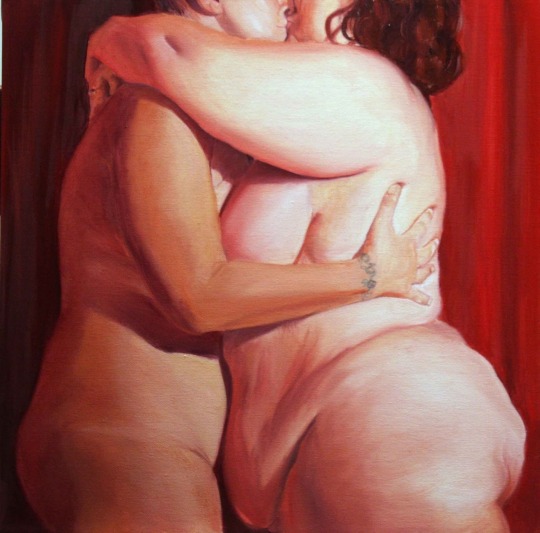
Susie Kissing Sally by Virginia artist Susan Singer
http://susansingerart.blogspot.com/2012/01/how-can-you-charge-so-much-for-painting.html
22K notes
·
View notes
Text
The Big Bi Lesbian/Gay Masterdoc!
I've finally created it! This is a huge Google Document with a focus on sharing mspec mono history (with sources). I will be adding onto the document as I discovered new information or as it's sent to me. PM me if you have any resources!
Here's the link!
348 notes
·
View notes
Photo


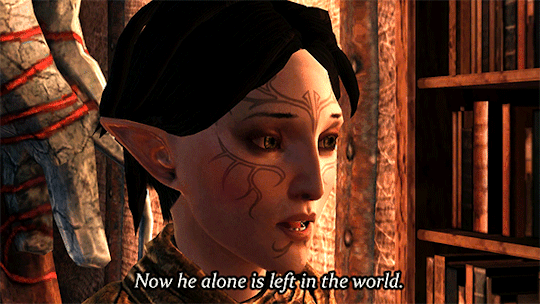

“And after the destruction of Arlathan, it is said that Fen'Harel spent centuries in a far corner of the Earth, giggling madly and hugging himself in glee.”
(Take these lines in combination with this banter and Solas’ biggest fear, while I’ll go cry in the corner there for a minute. 💔)
3K notes
·
View notes
Text
we put your boyfriend in a poll and now hes drowning in vanilla extract
13K notes
·
View notes
Text

Carl Ludwig Jessen - Interior of a Friesian house with two cats (1907)
1K notes
·
View notes


